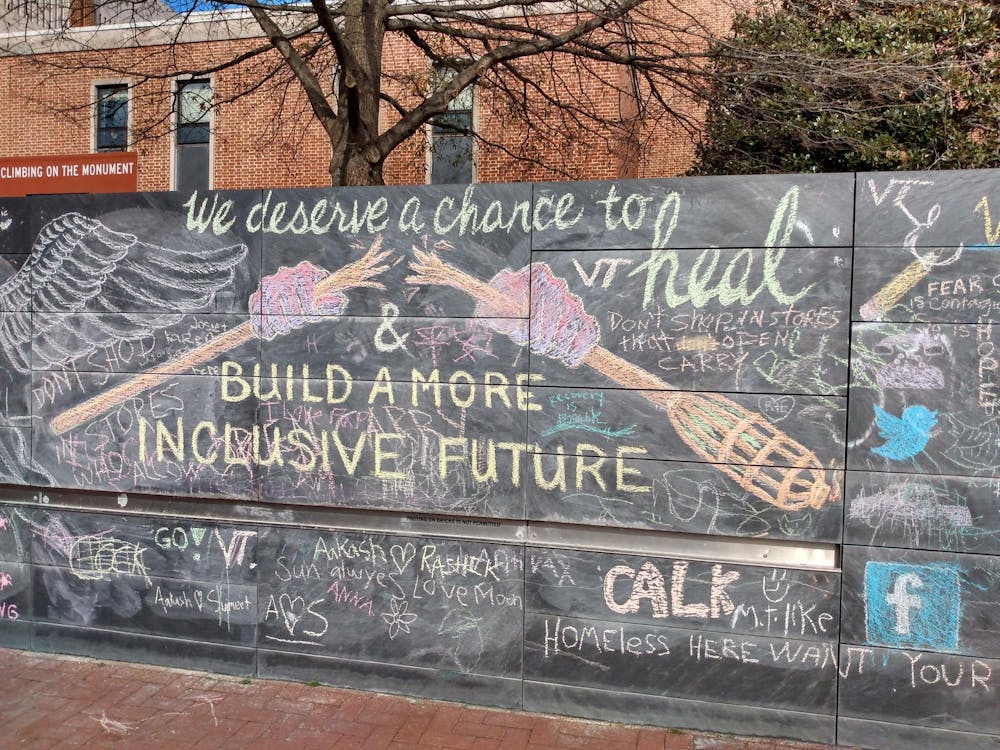Tennessee Governor William E. Haslam recently proposed a plan to offer all high school graduates two years of technical or community college using state lottery money. This plan is unprecedented. There are states that use lottery funds to offer scholarships to high school graduates, but they usually require recipients to have a certain GPA. The Tennessee plan does not restrict opportunity based on grades.
At a time when a college degree is a major factor in determining success, Haslam’s initiative is incredibly progressive. According to the Bureau of Labor Statistics, in December 2013, the unemployment rate was 7.1 among people who had only a high school education, and 6.1 among people who had some college education or an associate degree. Among people who had a bachelor’s degree or higher, unemployment was at 3.3 percent in December of 2013.
Public education is a staple of equal opportunity. But earning a high school diploma may not be enough anymore. There is clearly a correlation between education level and job prospects. How can we expect everyone to have equal opportunity when the price of higher education is soaring, and it is so difficult to start a professional career with only a high school degree?
Haslam’s initiative is a step towards alleviating the cycle of poverty that low-income Americans face. Granted, Haslam’s plan only provides for two years of college, and the difference between the unemployment rates of those with associate degrees and those with bachelor’s degrees is much greater than the difference between those with just high school diplomas and those with associate degrees. But the plan serves as a stepping stone. Even those with an associate degree will most likely be better off than they would be with no college at all. And to pay for only two years of college is far easier than to pay for four.
Even at a public institution, like the University, four years of tuition for an in-state student adds up to about $40,000. Considering that the medium household income in the United States in 2012 was about $51,000, and the inflation rate for college tuition is typically almost 5 percentage points above the normal inflation rate, higher education is becoming more and more inaccessible. Financial aid can alleviate or cover the cost of tuition, but as we can see from the recent retraction of institutional grant aid at the University, Yale, Cornell and MIT, funds are not always readily available to cover the cost of attendance.
Federal loans are available for students who apply, but average student loan debt has risen to about $29,000. Starting out in the negatives does not exactly fit with the ideal of equal opportunity.
Education after high school should not be a privilege of the elite. Board of Visitors member and University alumnus John Griffin understands this, as he has recently pledged a $4 million challenge grant, which will go towards new scholarships and AccessUVa if it is matched by other donors. If this endeavor succeeds, $8 million will go toward helping low income students attend the University at no or minimal cost to them.
Griffin’s generosity is admirable. But relying on donations is not enough to extend access to higher education to students of low socioeconomic status. Haslam’s proposal provides the foundation for an infrastructure that extends the concept of public education into the sphere of higher ed. His is an example for all states to follow.






